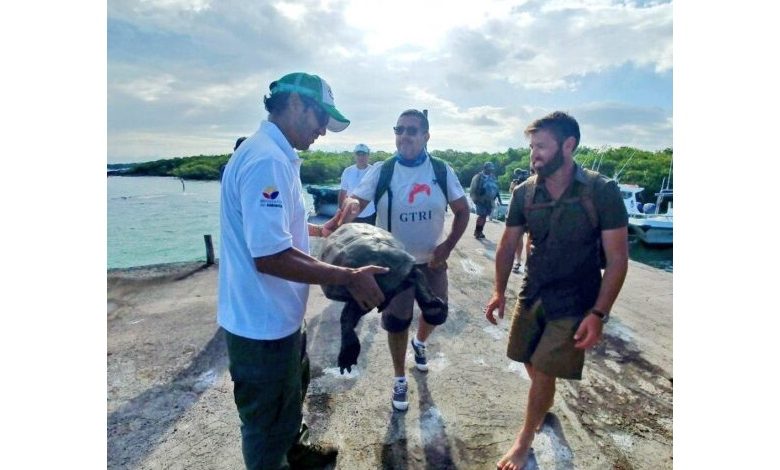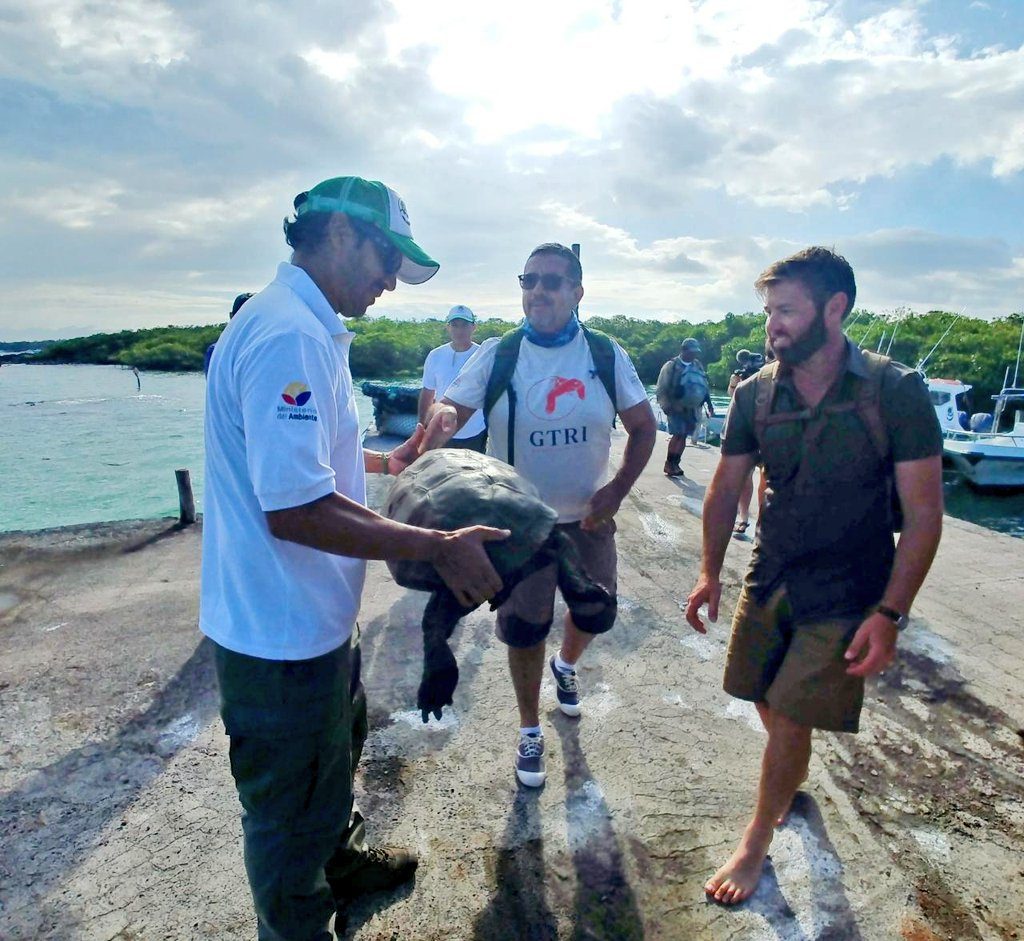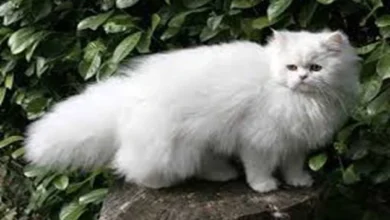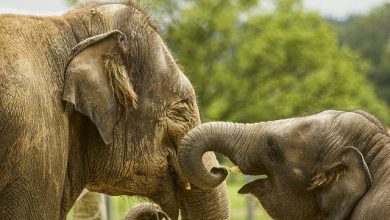Giant tortoise found on Galapagos that was thought to have died out

Good news from Ecuador: Fernandina, one of the Galapagos Islands, found a female specimen of the Chelonoidis Phantasticus, a type of giant tortoise that was thought to be extinct. This is reported by Marcelo Mata, the Ecuadorian Minister for the Environment.
The female giant tortoise was found on Fernandina, the third largest island in the Galapagos Islands, during an expedition led by the local organization Parque Nacional Galapagos and the American nature association Save Galapagos.
The Chelonoidis Phantasticus is an endemic species from Fernandina, one of the islands of the world famous archipelago in the Pacific Ocean with its unique fauna and flora. It has been assumed for about a century that the Chelonoidis Phantasticus from Fernandina, like the Chelonoidis spp. of the island of Santa Fe and the Chelonoidis abigdonii of Pinta was extinct. The news comes as a happy surprise.
In 2015, Ecuador announced the discovery of a new species on the Galapagos. The species was named Chelonoidis donfaustoi, dedicated to Fausto Llerena, the faithful caretaker of the world famous giant tortoise ‘Lonely George’ who died in 2012 of a heart attack at about 100 years of age. He was the last Pinta turtle or Chelonoidis abigdonii. He died in a center where they had tried in vain to give ‘Lonesome George’ a related offspring.
Fifteen species of giant turtles are registered in the archipelago, including the species that are considered extinct. Scientists believe that the giant tortoises arrived three or four million years ago and that they have been dispersed by the sea currents, allowing various species to adapt to the habitats of the different islands. The tortoises of the Galapagos owe their exceptionally long life to a genetic ability to repair DNA, according to scientists.

The Galapagos Islands are located more than 1000 kilometers east of the coast of Ecuador. They have been on the UNESCO World Heritage List since 1978 because of the unique landscape and the wide diversity of animals and vegetation. The flora and fauna of the island served as inspiration for the book ‘The Origin of Species’ by Charles Darwin, in which the theory of evolution is explained.




